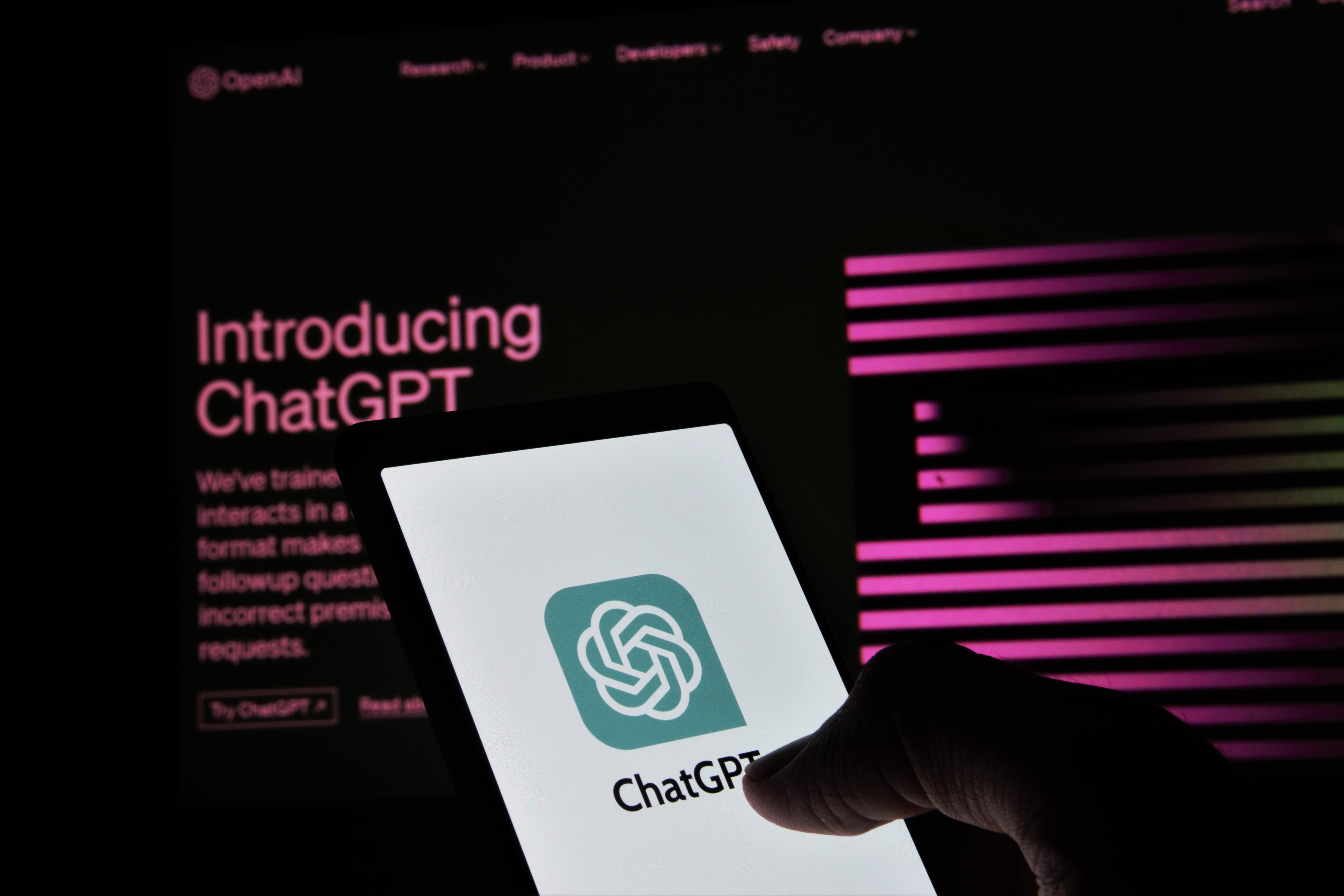
How ChatGPT Writes
How ChatGPT Can Write This Article: A Behind-the-Scenes Look
ChatGPT, developed by OpenAI, is a powerful language model that can generate human-like text. Writing an article like this one involves a complex series of steps that blend sophisticated machine learning techniques, vast datasets, and clever algorithms. Let’s dive into how ChatGPT, specifically, is capable of crafting a 500-word article on its own capabilities.
1. Training on Large Datasets
ChatGPT's ability to generate text is rooted in its extensive training. OpenAI used a deep neural network called a Transformer, which was trained on vast amounts of text data gathered from diverse sources like books, articles, websites, and other written materials. This diverse dataset allows ChatGPT to "learn" the structure of language, grammar, context, and even the subtleties of different writing styles.
When a user asks for an article on how ChatGPT writes, the model relies on patterns it has observed in the data to replicate the tone and structure of similar articles. It doesn’t “know” or “understand” in the way humans do, but it predicts the next word based on what it has learned from these examples.
2. Understanding the User’s Prompt
The process of writing begins with interpreting the user's request, in this case, a 500-word article about how ChatGPT writes the article. The model analyses the prompt, breaking it down into key parts: the topic, the tone, and the structure required. It "understands" that it needs to describe itself and explain its underlying mechanisms while keeping the length constraint in mind.
ChatGPT also uses natural language processing (NLP) to grasp the intent behind the request. The request for an "article" implies a coherent structure with an introduction, body, and conclusion, and the model adapts its response accordingly.
3. Generating the Content
Once it understands the task, ChatGPT begins generating the article. It does so by predicting word by word, creating sentences and paragraphs that follow the patterns it has learned from the training data. This prediction happens in real time, making the process incredibly fast. Here’s how it breaks down:
- Introduction: ChatGPT understands that an article typically starts with an introduction. It might explain what ChatGPT is and how it will address the task. This mirrors what it has seen in other informative articles.
- Main Body: The model moves on to the details, describing its internal workings such as the Transformer architecture, the role of machine learning, and its training process. Each sentence is constructed based on previous sentences and the overall context of the article, ensuring that it stays relevant and coherent.
- Conclusion: Finally, ChatGPT wraps up the article, summarizing the key points and possibly adding a forward-looking statement. It ensures a smooth finish to the article, mimicking the style of conclusion sections in other articles.
4. Maintaining Structure and Coherence
One of ChatGPT' s most impressive capabilities is maintaining coherence throughout a long text. It does this by keeping track of the overall structure and the main idea, even as it generates sentence after sentence. While it doesn’t have memory in the human sense, it uses a technique called "attention" that allows it to refer back to earlier parts of the conversation, ensuring consistency.
In the case of this article, ChatGPT maintains focus on the core topic—how it can write an article—by continuing to predict words that relate to the mechanisms of text generation.
5. Limitations and Potential for Error
Despite its remarkable abilities, ChatGPT has limitations. It can occasionally produce incorrect or nonsensical information, especially if the prompt is vague or if it encounters concepts that are highly specialised or not well-represented in its training data. However, for many general tasks, like writing this article, the model is highly effective at mimicking human-like writing.
Summary
In summary, ChatGPT writes articles by analysing the user’s prompt, predicting word sequences based on its training data, and maintaining coherence through sophisticated algorithms. While it has limitations, its ability to generate structured, readable text on demand demonstrates the immense power of modern AI systems.
Conclusion
So, is ChatGPT and AI a useful tool for business? Clearly the answer is yes. This entire article (apart from this conclusion) was written by ChatGPT in about 2 seconds after I asked the question 'Write a 500 word article about how CHATGPT can write this article'. The only things I changed were 3 occurrences of the letter 'Z' to the letter 'S' to make it less American. One final thought about accuracy. This 500 word article is actually 665 words so if you are planning to write an important bid using AI, I would highly recommend double and triple checking everything before you press send because as it good as it is, AI is probably not quite ready to totally lean on just yet, but it is impressive!
More from Business for London

The official launch of the LONDON E-Business Support Programme
The Business for London Consortium held its official launch of the LONDON E-Business Support Programme on 22nd February 2024 Read more
The Social media Trap
E-Business Adviser, Sally Leonard, explores the love–hate relationship many of us have with social media and the need to be everywhere 24/7. Read more

